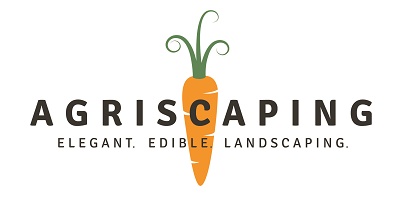5 Fundamentals of Growing Flowers

5 Fundamentals of Growing Flowers
There are 5 fundamentals to growing healthy, beautiful edible flowers. When growing flowers in your yard, we have a few secrets we are going to share with to have a successful edible flower garden. We enjoy adding flowers to our salads, sandwiches, pastas and more, not only for color and beauty, but also for flavor. The different flowers have different flavors that you can add in to spice up your food. Let’s take a look at what you need to know in order to grow delicious and beautiful flowers.
1. Soil – you need to have healthy soil if you want to have a healthy plant. Good soil has a lot of healthy microbes, nematodes, worms, fungus and other living “stuff”. When you are going to purchase soil at a nursery we like to kick the bag. If the bag holds the dent then we know it is most likely a good soil. If it flattens back out again, it’s most likely dead soil and we want to pass on purchasing that bag. You want to make sure you soil drains well to have healthy edible flowers.
2. Starts – using starts can speed up the process, but watch out when you purchase your starts. Some nurseries have flowers that have been grown with herbicides, pesticides, and chemical fertilizers to promote growth. The healthiest starts of the flower variety don’t actually have any flowers budding on them yet. The youngest start is better and let them grow out naturally in your garden.
3. Snipping – Snipping off blooms, or deadheading flowers as they begin to fade will result in ongoing blooming during the flower’s season. This is because flowers focus on growing seeds as their petals begin to wither and fall. By snipping off the blooms, the plant focuses back on producing more flower to compensate for the loss of others. This practice encourages new growth and makes most flowering plants bloom much more profusely!
4. Safety – (We provide an edible flower guide in our free membership.)
a. Do not eat any flowers that have been sprayed with pesticide, or that have come from florists, garden centers, roadsides, or other locations where you cannot verify what chemicals they may have been treated with.
b. Although some flowers are edible, others may be poisonous. Stick to known edible lists and introduce them to your diet slowly to gauge any allergies.
c. Be sure to wash the flowers first to dislodge any hiding bugs.
5. Sun – If you understand microclimates and you are aware of the different USDA climate zones you will be able to go plus or minus two climate zones when planting in your yard in the different microclimates you have available to you.
